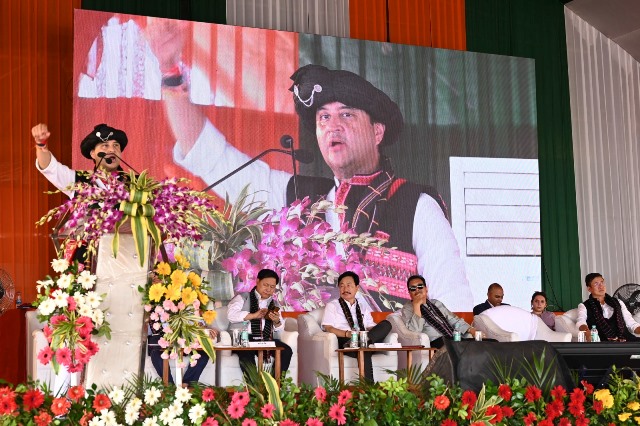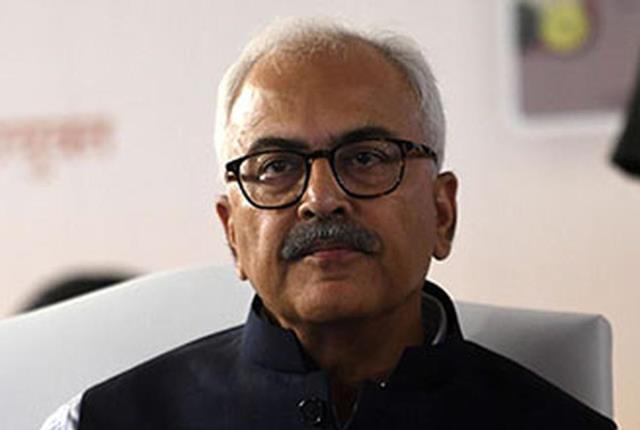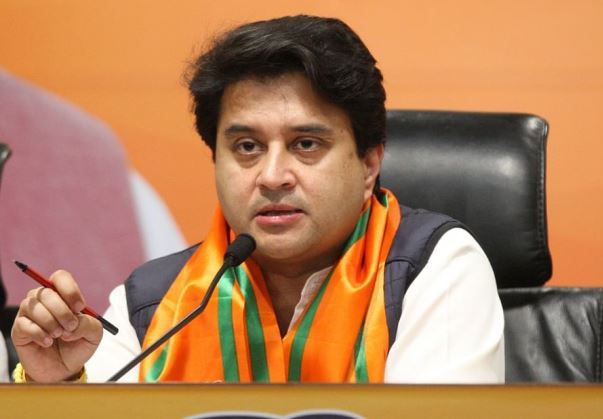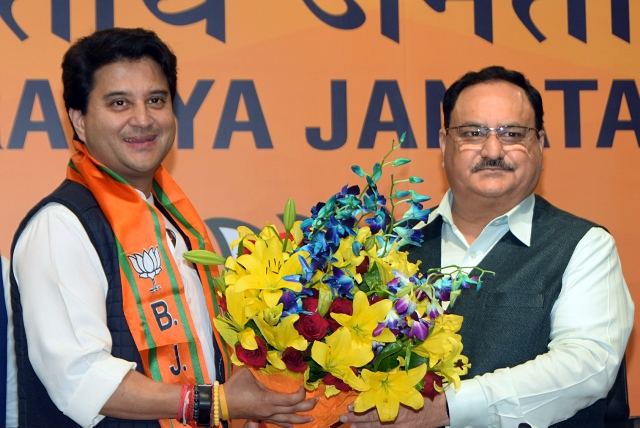Union Civil Aviation Minister Jyotiraditya Scindia on Sunday inaugurated the revamped Tezu airport in Lohit district adding that it is a “historic day” for Arunachal Pradesh.
After inaugurating the revamped Tezu airport, Scindia said, “Today is a historic day for Arunachal Pradesh. An airport with a Rs 170 crore capital investment and a 40,000 square foot area has been inaugurated,” Scindia said.
He further said that this happened because of the commitment and determination of Prime Minister Modi.
“The North-East region had only nine airports; today there are 17 airports. This connectivity will bring strategic importance and prosperity. An airport is a medium for bringing economic activity to the region,” he added.
The upgraded airport includes two aprons designed for ATR 72 type aircraft, a runway extended to 1500m x 30m, a traveller-friendly terminal, and a Fire Station cum Air Traffic Control Tower with a wide 75m runway strip.
The inauguration event was also attended by the Deputy Chief Minister of Arunachal Pradesh, Chowna Mein.
The Civil Aviation Minister of the state, Airports Authority of India (AAI) member planning AK Pathak, local MPs, and MLAs including other senior government officials also attended the event.
According to AAI officials, the terminal will be able to handle 300 passengers at peak hours, due to which two ATR aircraft can come here at the same time. The length of the runway is 1,500 meters.
AAI carried out development and upgradation work to make Tezu Airport operational at the request of the State Government.
The domestic airport has undergone a transformation with the implementation of infrastructure upgrades worth Rs 170 crore.
These developments include the extension of the runway to 1500 meters by 30 meters, the construction of a modern apron capable of accommodating two ATR 72 type aircraft, the establishment of a new terminal building, and the creation of a fire station cum Air Traffic Control (ATC) Tower.
Tezu Airport was operationalised in 2018 under the Regional Connectivity Scheme (RCS) UDAN of the Ministry of Civil Aviation. The airport is currently connected to Dibrugarh, Imphal, and Guwahati through regular scheduled flights by Alliance Air and Flybig airline.
Tezu is a small town situated on the banks of the Lohit River and is the headquarters of the Lohit district of Arunachal Pradesh. The city is known for its natural beauty, where there are lush green forests and high hills all around. (ANI)
Read More: https://lokmarg.com/




